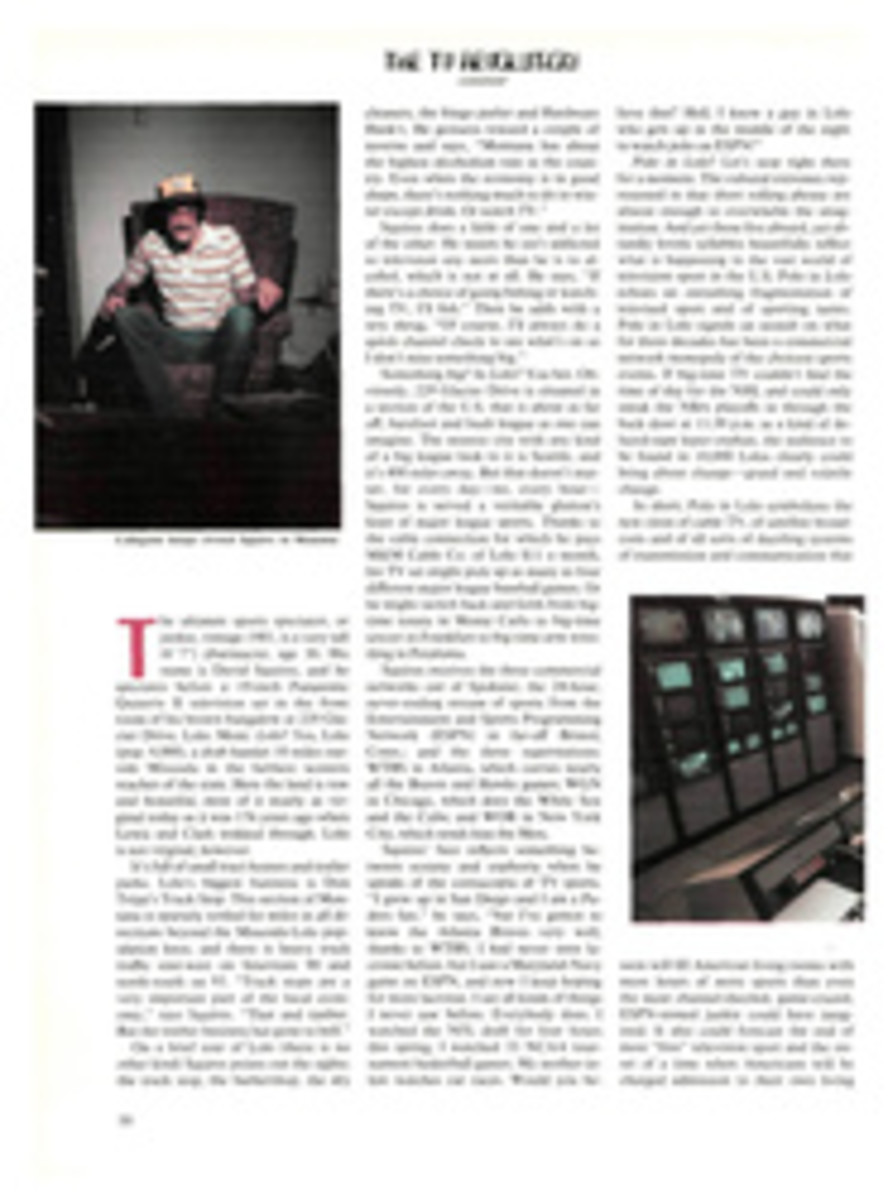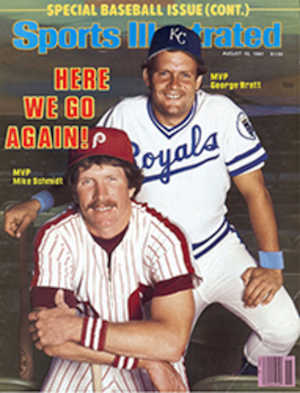
BELIEVE IT: A BIRD IN HANDICAP CAN BE WORTH TWO POINTS IN THE BUSHES
There's no racetrack near my home on the North Shore of Long Island, but I've found endless possibilities for doing some handicapping—while watching birds. The Wing system of handicapping is a souped-up version of bird watching. Making lists of birds seen in a day, a season or a year is a hard-to-break habit, once established. But even the most deeply ingrained habit can get boring. Seeing or hearing 23 species one day, say, versus 20 on another might have palled if I hadn't gone in for handicapping. By arbitrarily ascribing a score to each species I'm likely to observe on a particular day, I can come up with a number more meaningful as well as more interesting than an unweighted total.
I rate the birds on a one-to-five scale according to apparent abundance. This can differ from actual abundance. One might spot five big, noisy crows and call them common while overlooking a dozen tiny warblers flitting through leafy trees. And the person with good eyesight and poor hearing will come up with different handicapping ideas from one with sharp ears and dim vision.
In my area robins, blue jays and grackles rate only one point each in early spring. A great crested flycatcher or rose-breasted grosbeak is good for a three. A bluebird or phoebe may get a five. As seasons change, so do the values. The robin worth just one in spring deserves a five in winter.
With such a system, the morning tally can rise to a robust 40 instead of, say, an anemic, literal 23. I've found it best to keep the form sheet unchanged for at least a week, although there is a temptation to doctor it almost daily in accordance with experience during spring and fall migration. That temptation doesn't exist during the long stretches of summer and winter.
Unlike baseball writers and enthusiastic fans, I have kept no statistics on past feats and averages, nor even any old form sheets. I do, however, recall my highest score ever—a 53—achieved by sighting 27 species.
With my system, you can count a bird on recognition of its song as well as on seeing it. I've never seen a ring-necked pheasant on the golf course near my house where I do most of my bird watching, nor a bobwhite, nor a black-crowned night heron, but I've heard them.
As with any solitary pastime, cheating must be guarded against, not to mention error in aural identification. It's hard for me to tell the songs of robins, scarlet tanagers and rose-breasted grosbeaks apart. Starlings may make like wood pewees, and mockingbirds like almost anything, although they give themselves away by shifting from one set of phrases to another in their nonstop performances. But, let's face it, it's no more satisfactory to cheat on bird lists than while playing solitaire.
Of course, the game doesn't have to be solitary. Any number can play, and compare scores and lists later in the day and week. For that, however, you must find like-minded bird watchers who walk the same route you do.
And indeed the playing field for this game need not be restricted to locales with golf courses or wooded dells. Suburban streets and city parks can yield points to the observant.
All you need for this pursuit are a good bird-identification book, a pair of binoculars and acute ears. And you'll never have to cough up a dime at the mutuel windows.

